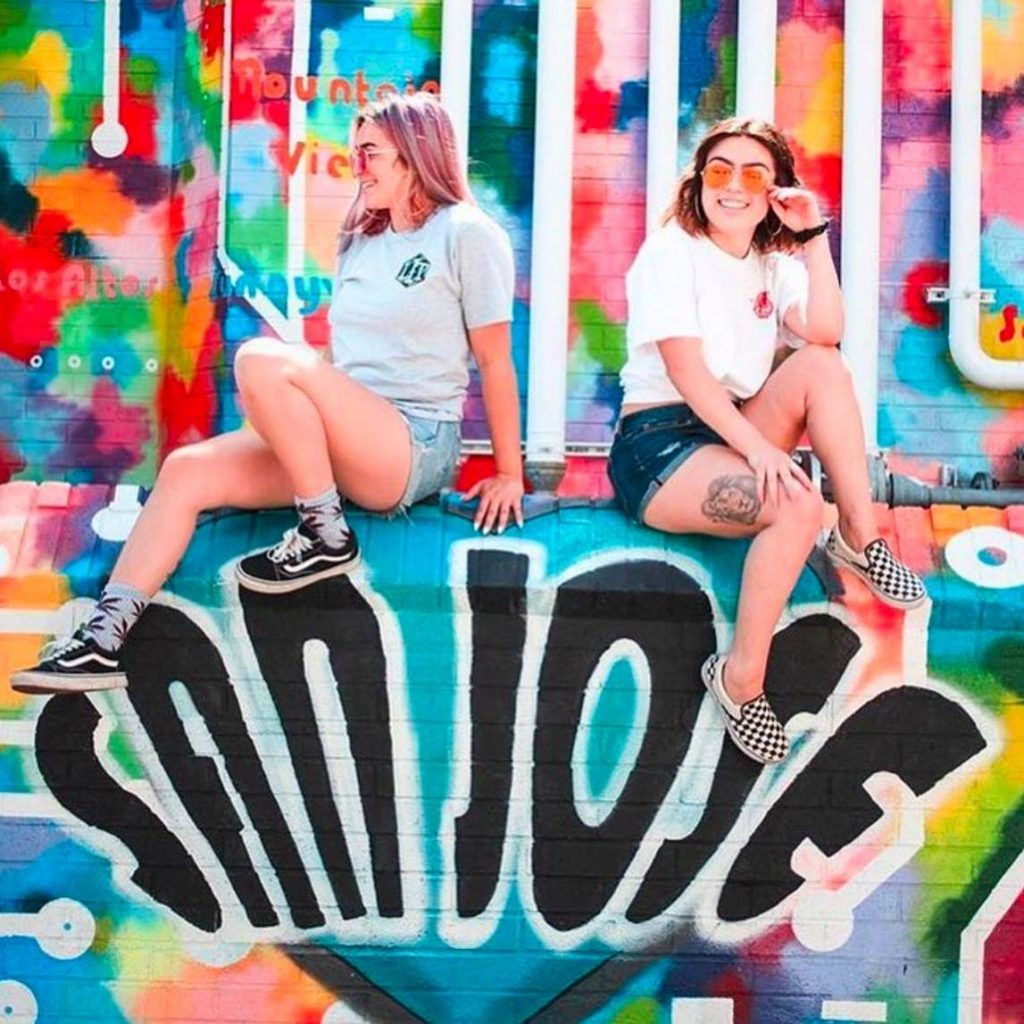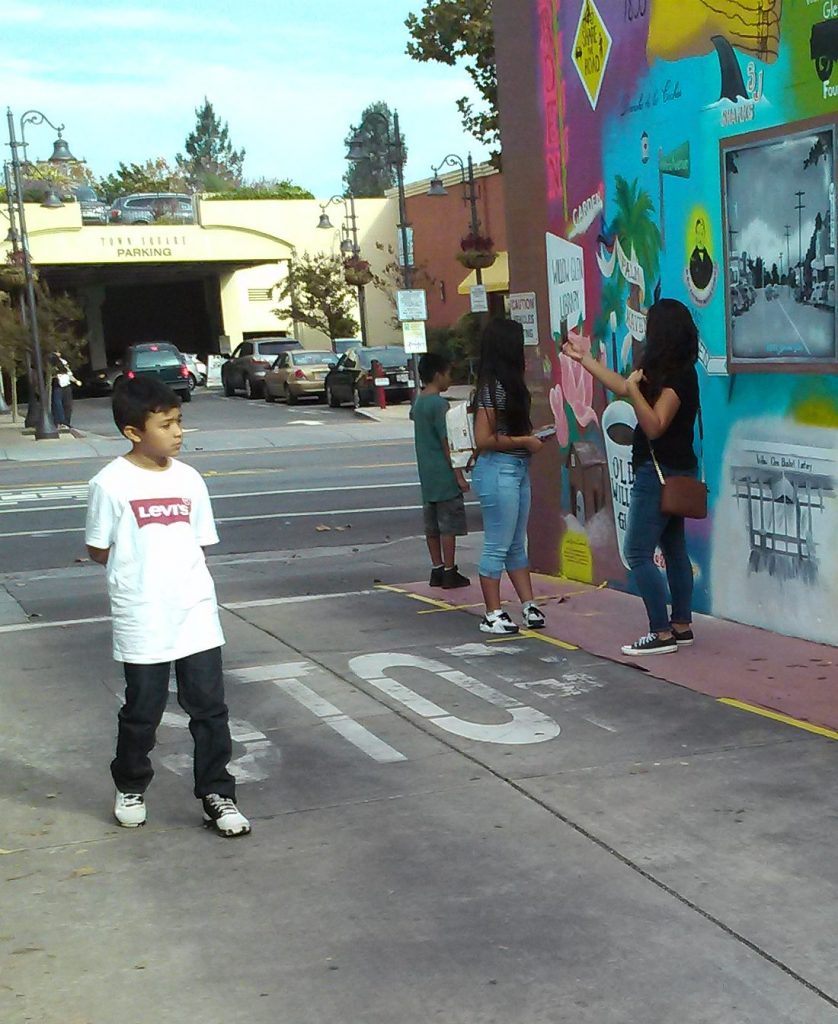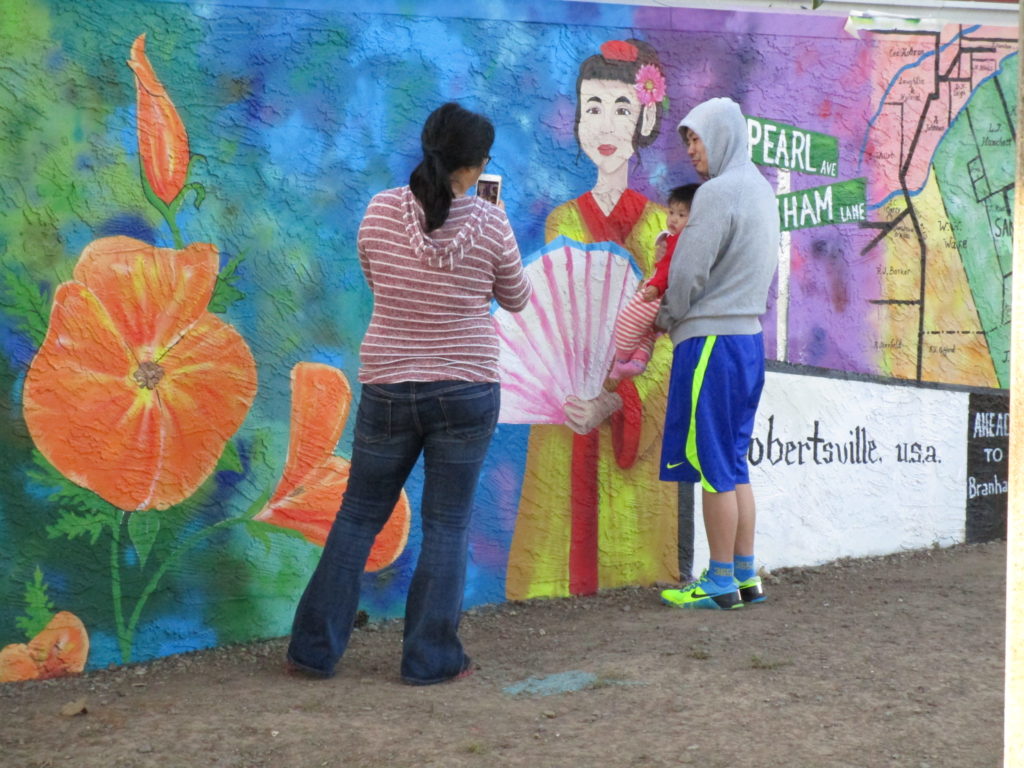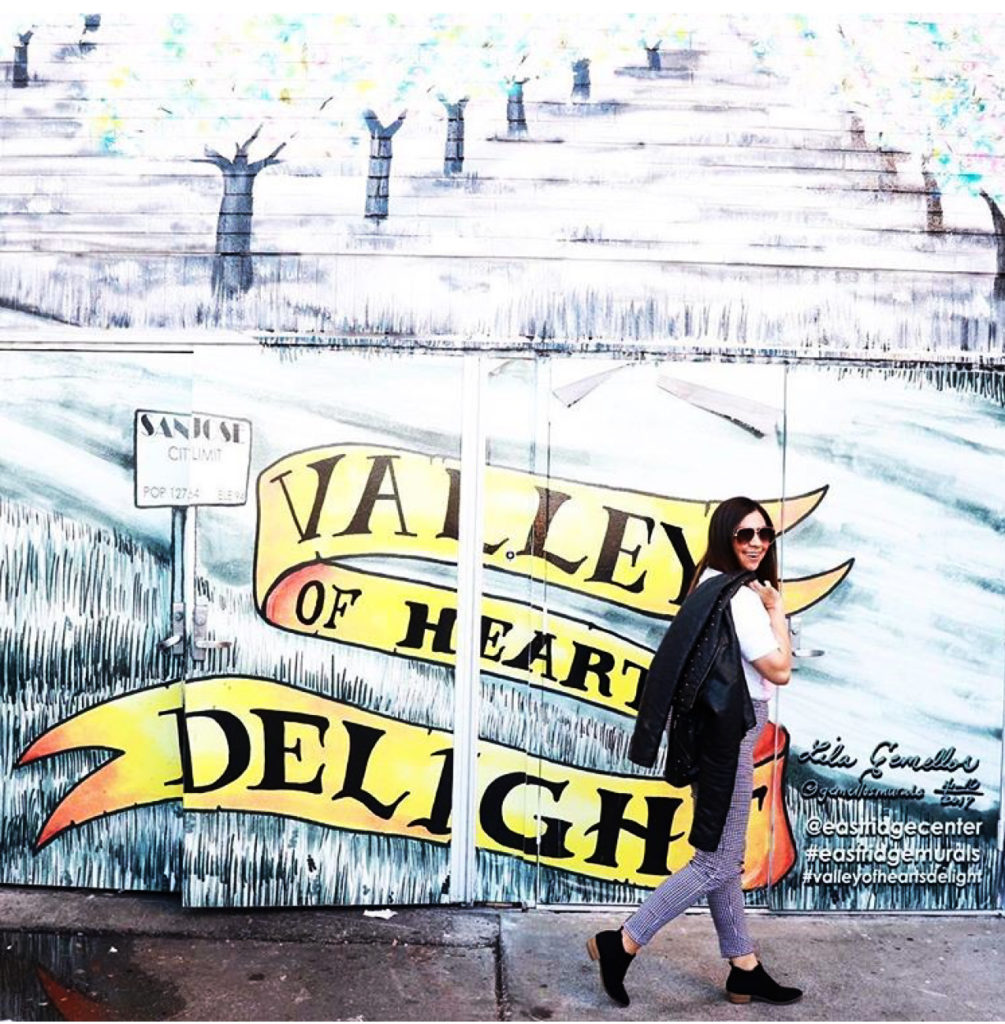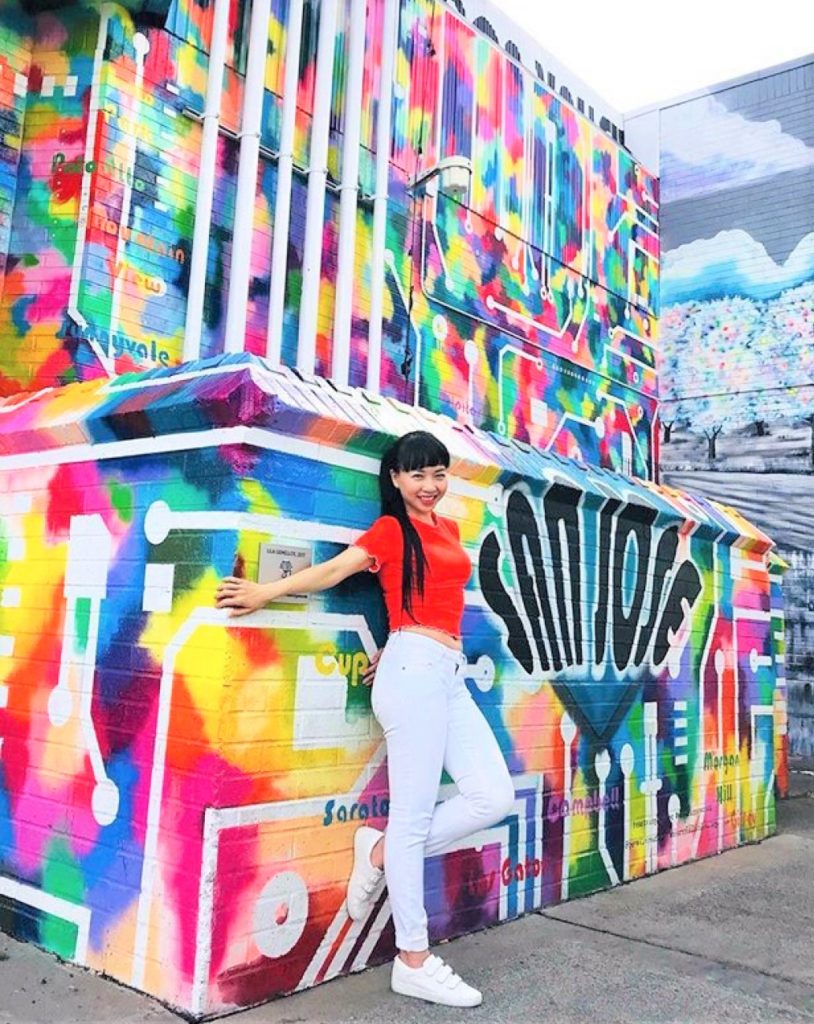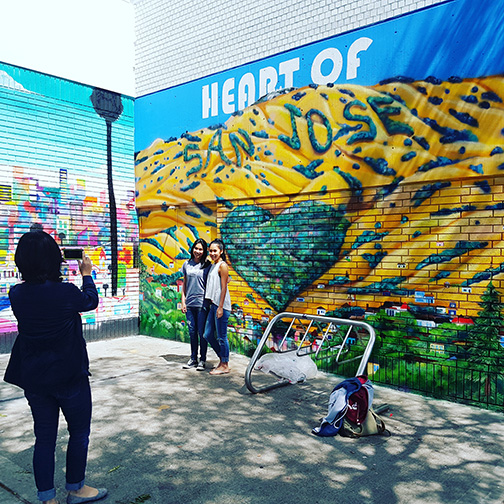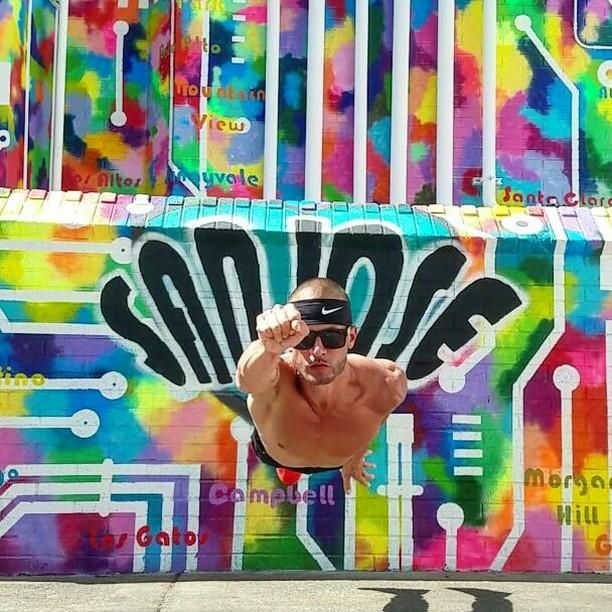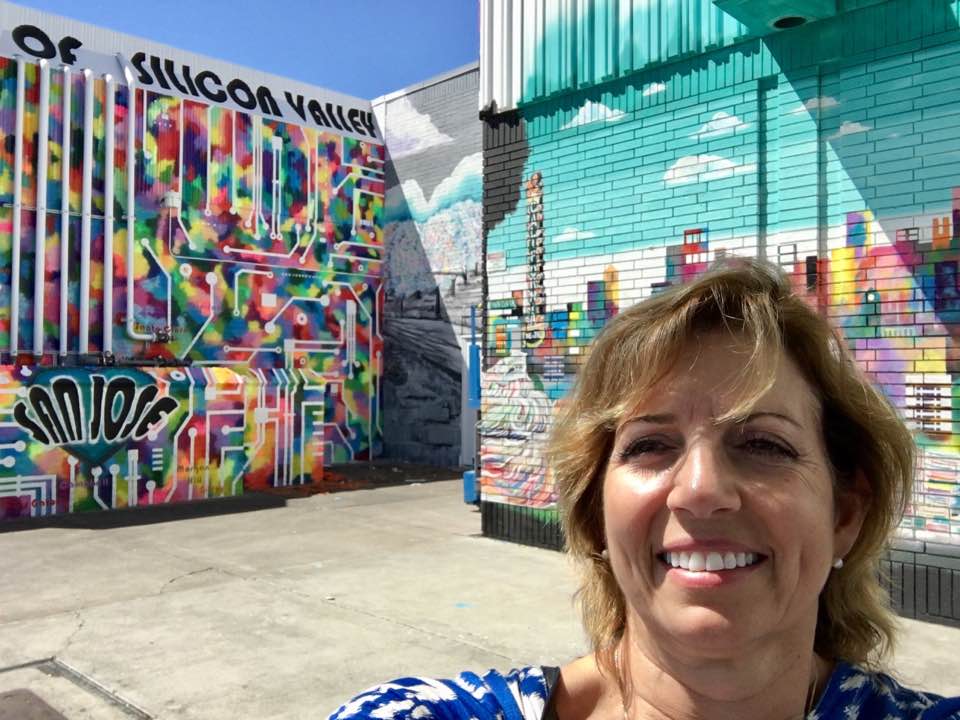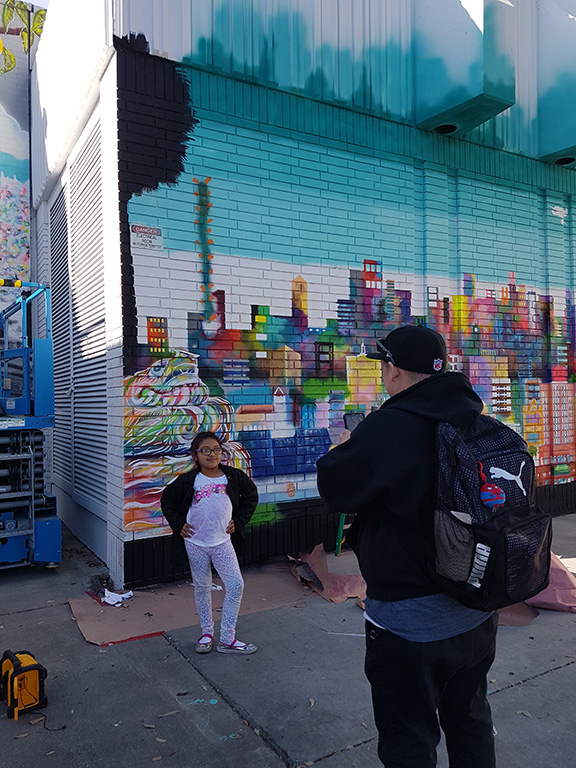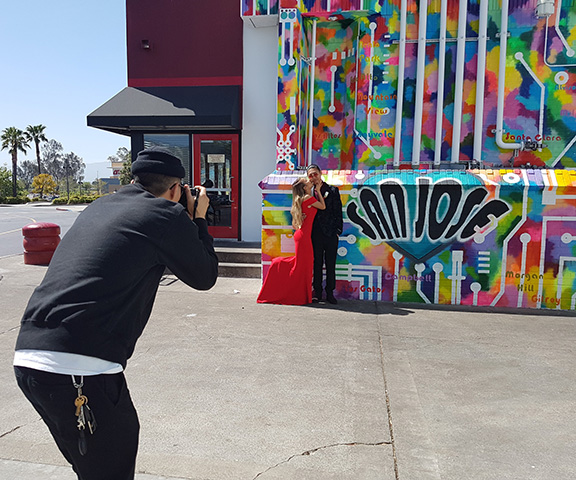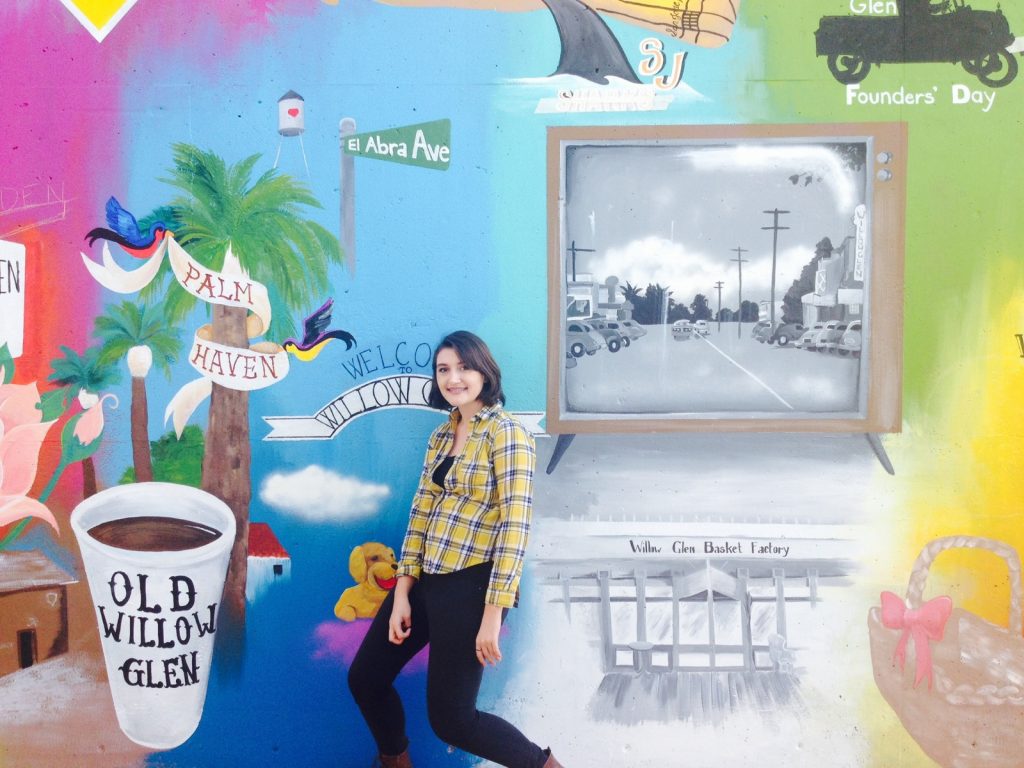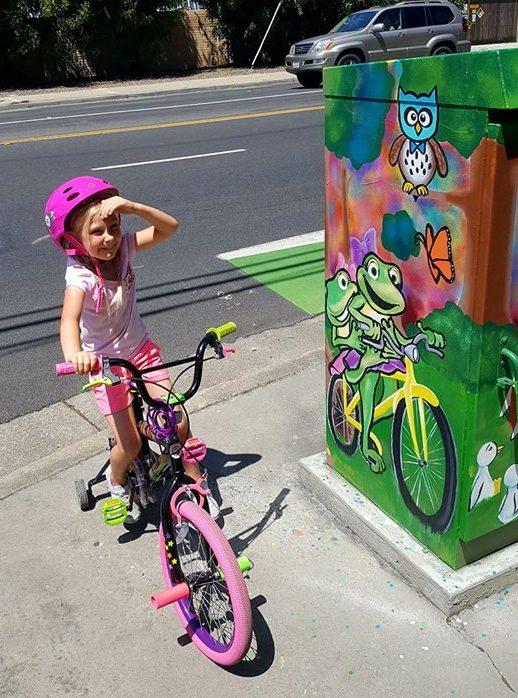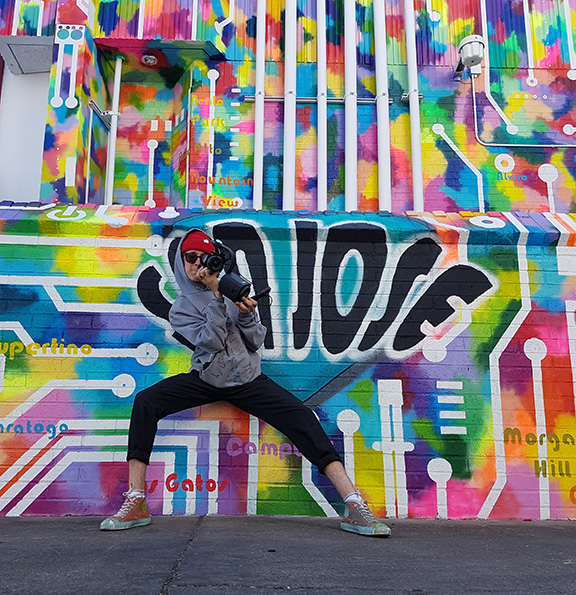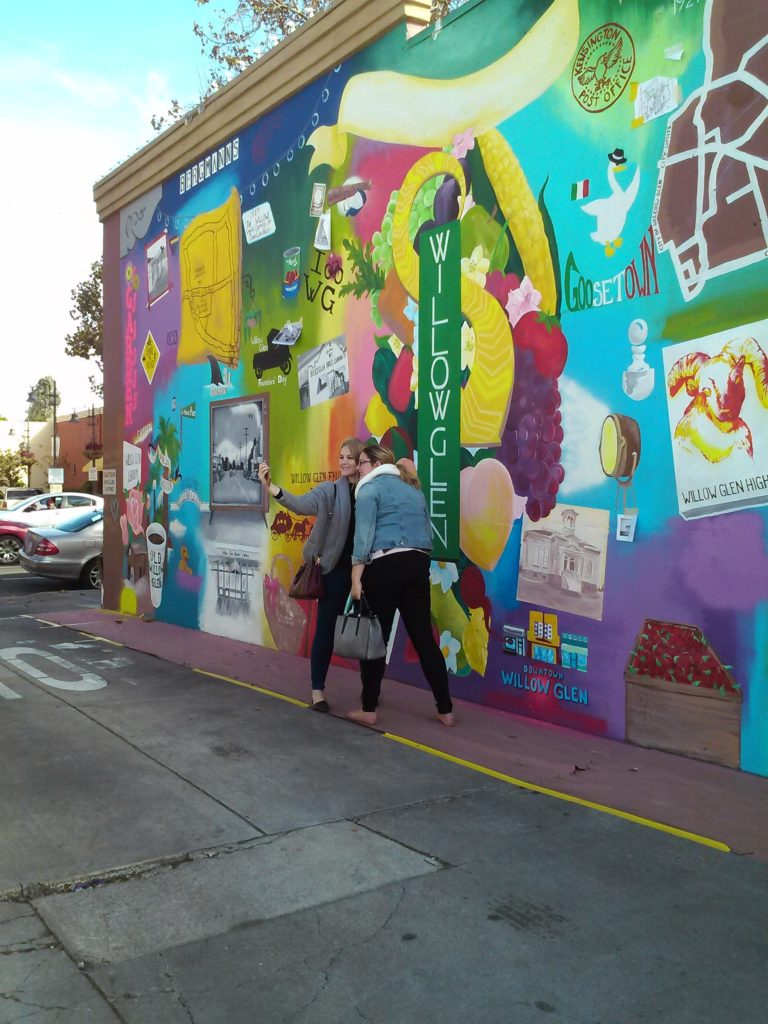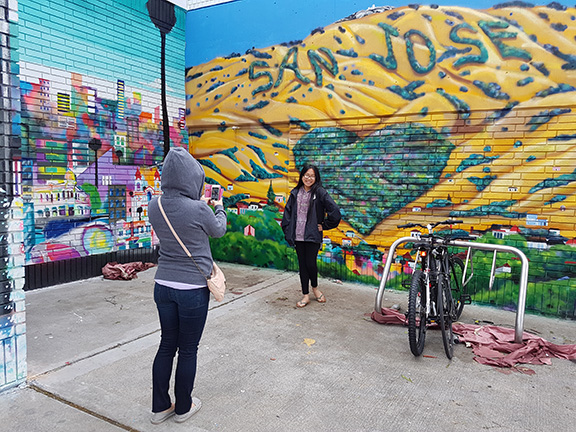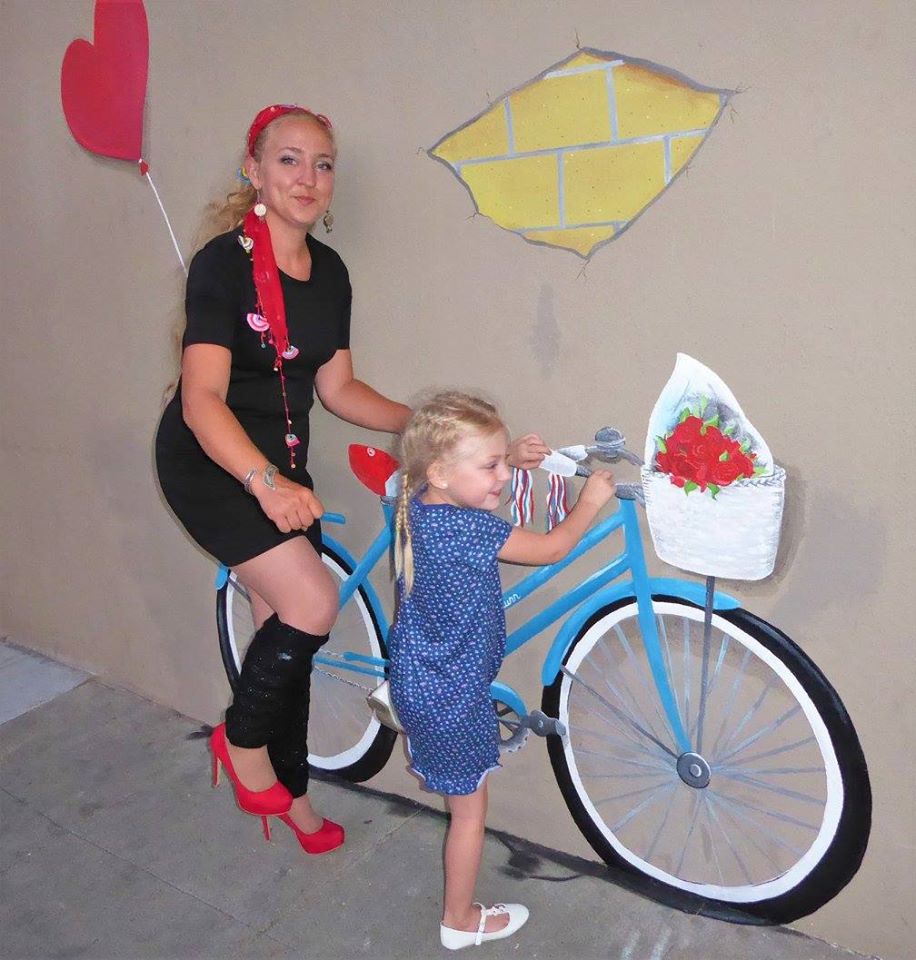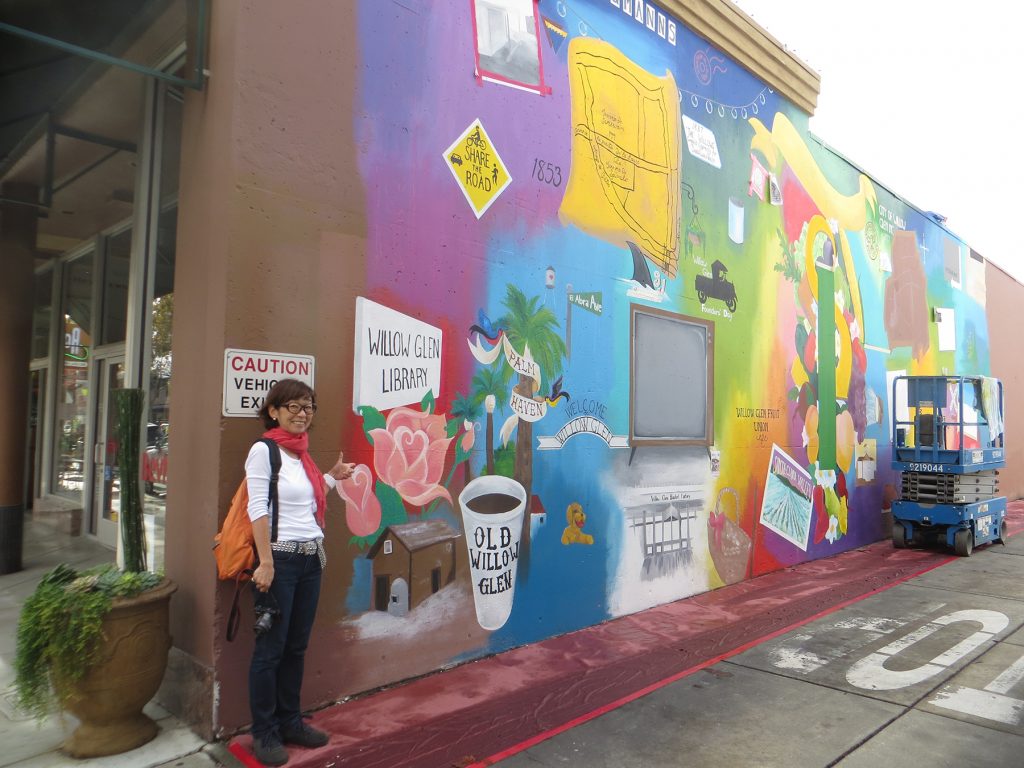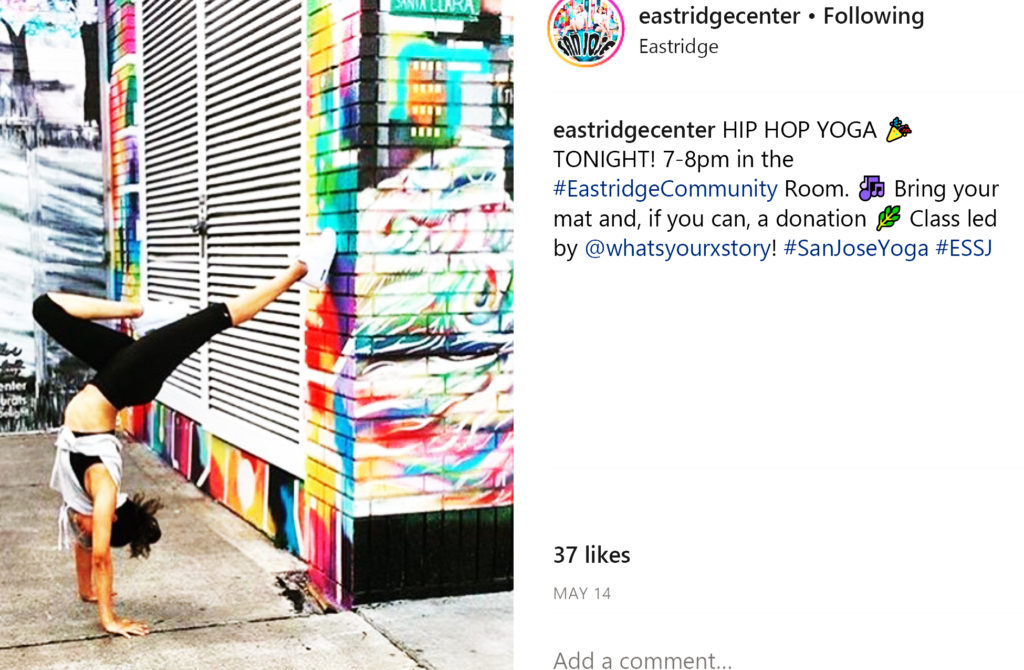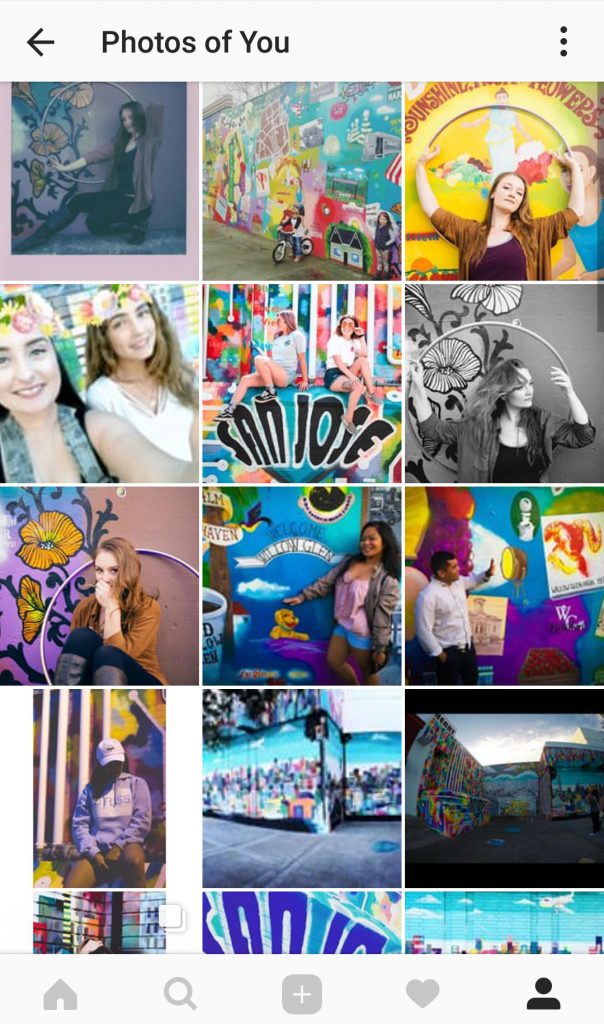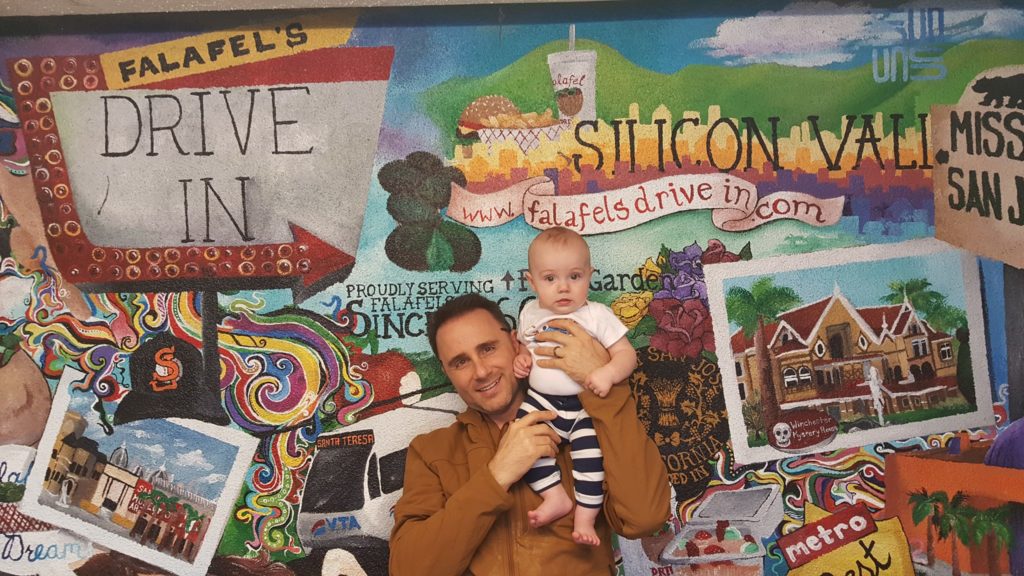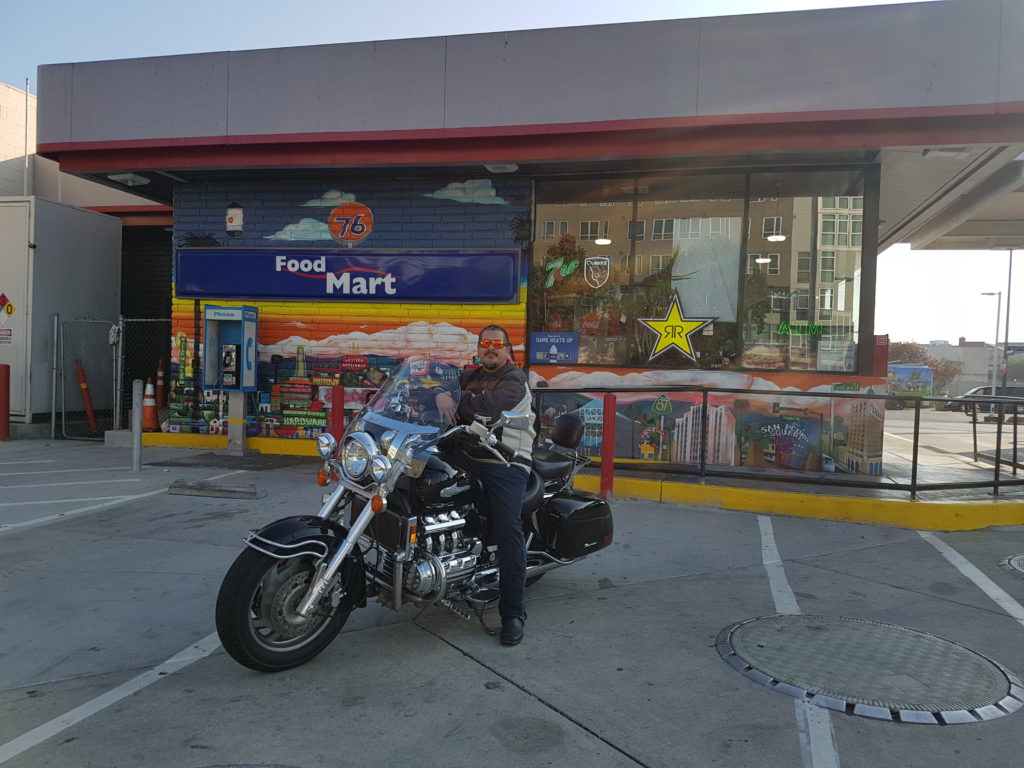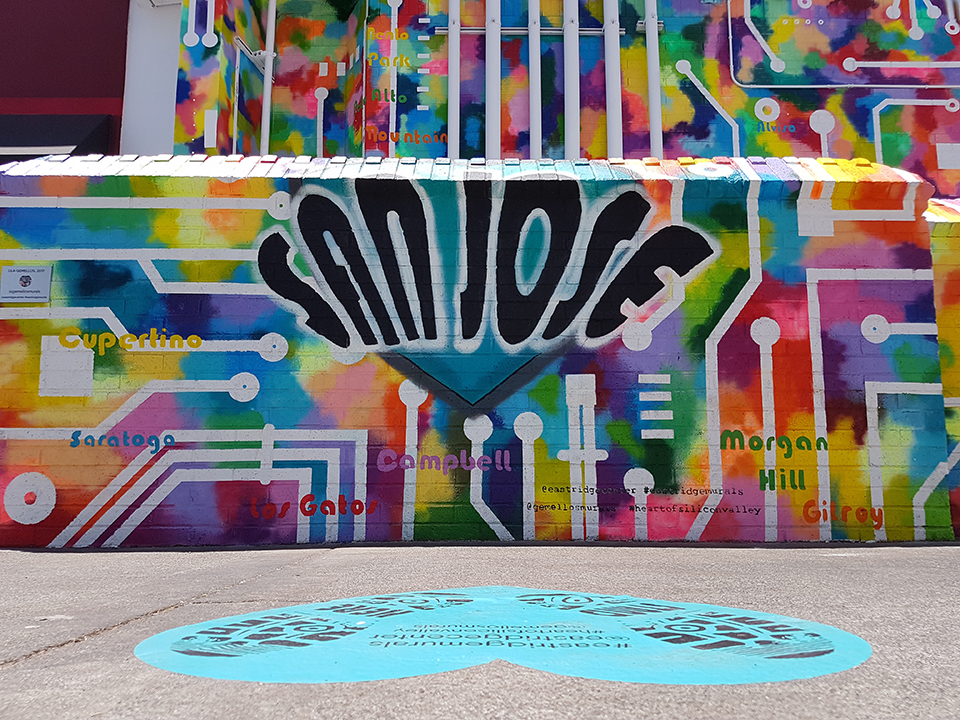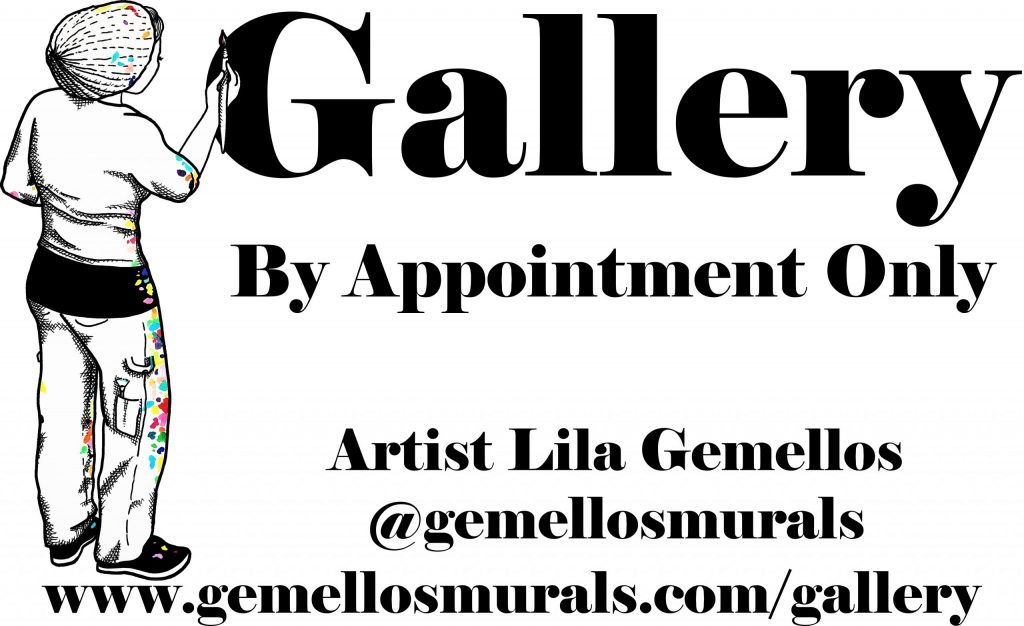
I have a very specific style that has everything to do with how I was trained in Fine Arts and how I’ve allowed technology to enter my life. My style is color like Andy Warhol. It’s line like real life. It’s Fine Art while also being Street Art. It’s different. People sometimes stop me and ask about my previous work because they like another piece I’ve done so much, they’d hate for someone to copy it.
It positively wouldn’t look like technicolor or free range, however, had I not grown up in the late 1980’s in the Silicon Valley.
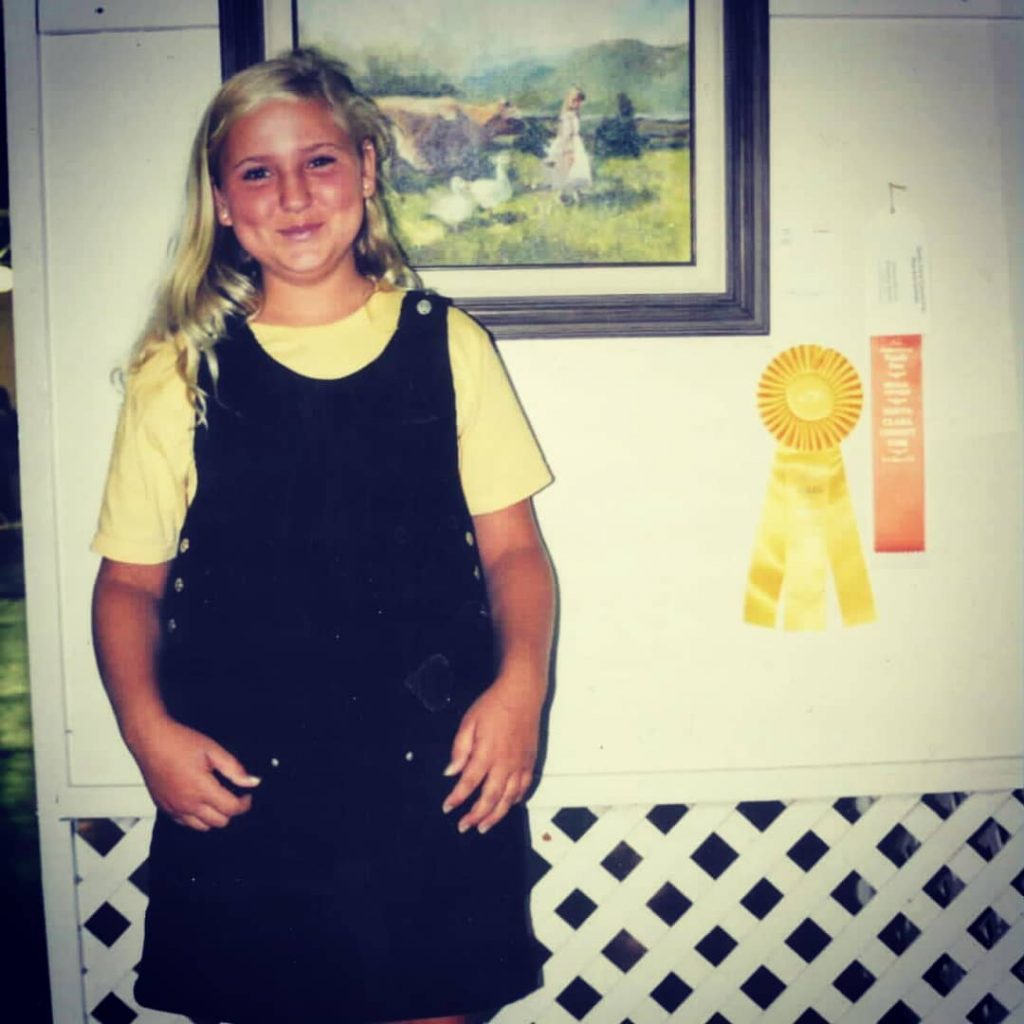
As a child, I experienced lots of 2d and 3d medium that were simple at the Museum of Art. Their art class program was robust at the time.
My parents exposed me to museums when the bug bit me. When I was 8, I began oil painting in a private studio, selling small canvas works and winning ribbons in the County Fair. We also had artists working in our classrooms with our teachers and plenty of time running around the Discovery Museum as children. Art used to be a thing in schools.
Back then though, the internet wasn’t in every household in the country. In fact, it was called DSL or modem and it traveled through your home phone line – making an awful cacophony if you picked the line up. Graphics were in their infancy. It was a lot of written word. My grandfather loved it. Saving all kinds of money on stamps.

We, painters and students, were clipping and photos from books, magazines and calendars. We were keeping a portfolio of things you’d like to add to your portfolio. Oil painting was, in my studio anyways, painting what you could see – nothing more. You gridded an original, gridded your canvas and tried to recreate it. I always excited my paintings with vivid color. That’s not new. What came next came too fast for Pappou.
When clip art came into scope, it was the digital expression of anything and everything. They were like rubber stamps you didn’t have to buy. Clip art became the simplest interpretations computers were generating. They were absolute abstractions until image processors developed. Fine Artists were still in business. We had access to blurry photos. It wasn’t enough to change what we did until college.


Photos, thanks to tech, are no longer processed in dark rooms and pharmacies – unless you’re into that kinda thing. Polaroids made photo opts worth while with a physical picture to take home. Then, there was the digital camera – super expensive but of the same quality as professional grade photography equipment without the film. For a time, people had both because there were artists with lenses. Nowadays, everyone is a photographer and you can take pictures on any cellphone. Phones are smart – unlike Pappou’s flip phone. The quality of the pocket cameras keep getting better and pictures are easier to transfer throughout your devices. Take a second and describe “the cloud” to a grandparent. It’s good fun.
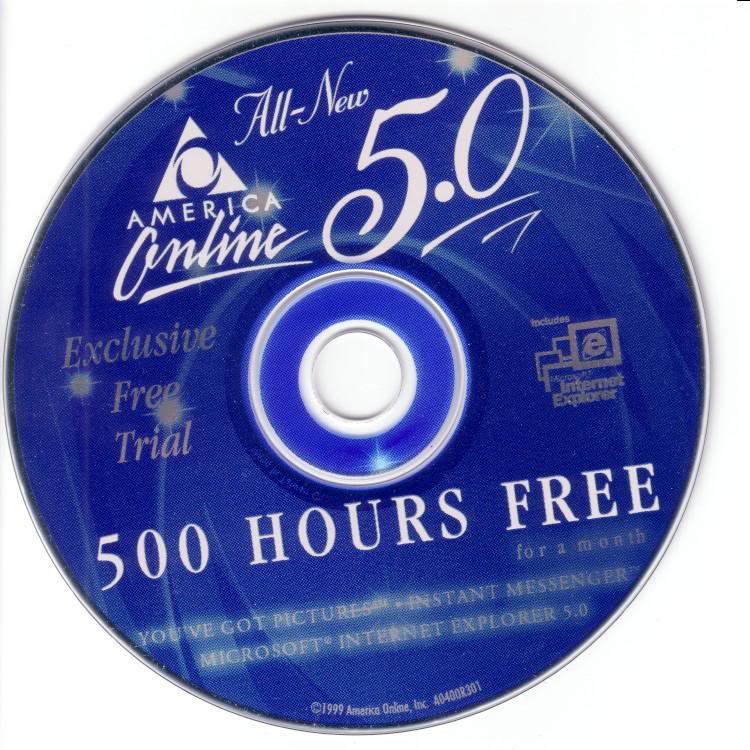
With the progress of technology, processing images has shifting eons further that any artist hanging on to magazine clippings could imagine. In my lifetime, I’d watch the internet enter every home in America. Thanks AOL, born 1985, for getting us hooked. GeoCities created the clear path to social media, Yahoo and AOL gave everyone the instant gratification of email and search engines answer questions for curious people everywhere. Before Google Maps, there was Map Quest, before which you phoned a friend. This thing called Photoshop, used to create graphics, became more accessible and changed photography forever.
What does any of that means for fine artists?
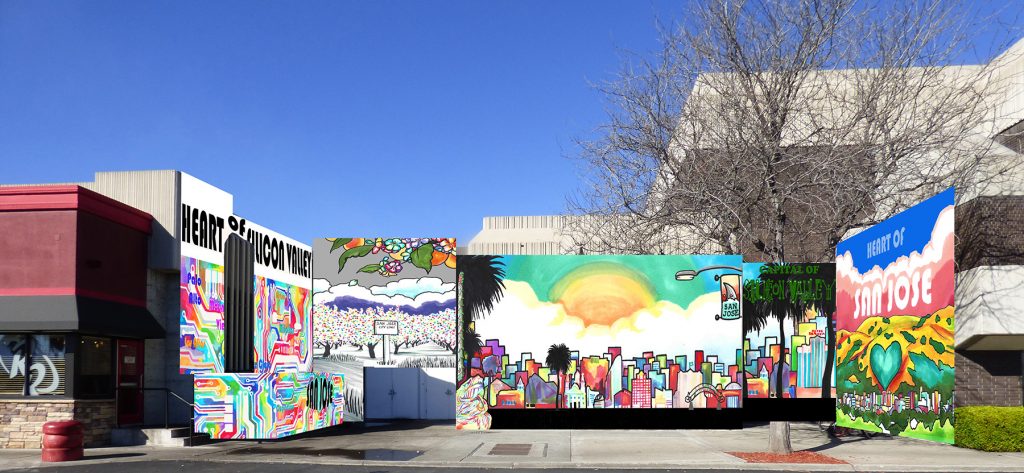
My success is 100% in fusing my creativity with technology. My color shifts like the swipe of an ipad or click of a mouse on Wikipedia. It’s made to compete with how we’ve engineered people’s attention spans. I use everything – tape for straight lines, projectors for outlines, spraypaint for shading and photoshop for mockups. The more I can adapt, the leaner and meaner I work. Text communication can actually clarify a lot of crucial confusion, especially with photos. My strength will always be my Fine Arts skillset but technology allowed the canvas to grow larger than myself.


My generation of artists had to learn how to use the internet and social media. All of it and each individual wave as it came out. We had to code our websites and learn where to post our products – Etsy and Zazzle were not my jam. If you come to the table too late, like I did with Instagram, you’ll have a hard time catching up. Audience isn’t something you can track in the physical world. You can’t have a staffer there counting how many people paused in front of a mural. Online, audience is a clear indicator that you’re considered a good artist, a cool person, a good networker and probably pretty reliable. No matter how dope your website looks, no one important could be going to it. Your clients know that. It’s a good portfolio to have on your phone. Business is happening online. We’re a visual medium. We’ve got to take advantage.
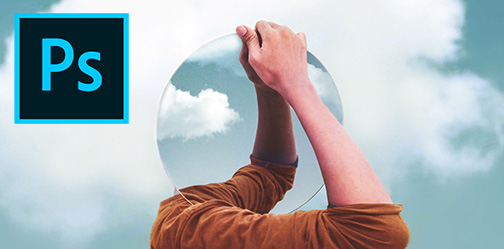

My generation of artists also got our minds blown stepping into a college classroom, seeing ideas composed on photoshop and painted in 2d. Or trust fund kids with great drugs and real pain to express. The quality of thought that could be in the image and the composition of color and layers were all progressing. There were 5-10 years of college students perfecting photoshop before us and the internet hadn’t widely spread these ideas yet. High School didn’t offer PhotoShop. The software was too expensive to ask partners to purchase. What people expected of their Fine Arts was changing. And great. I’m 18, I’m classically trained for 10+ years and I can only paint what I can see. I can only take the image from here, make it bigger or smaller and put it there. I can’t conceive of anything that’s never been seen before. That’s where my storytelling style comes from. It’s the composition of thoughts rooted in absolute history and reality woven through a color and depth to mimic searching the internet. Through this, I get the response I want. I get engagement for seconds if not minutes with a mural. There’s something everyone can relate to and now scales meant to play.
Now, the artwork, the scale and the style are blowing up. I can paint anything you can communicate to me. This constant process of acclamation will probably never stop but at least it doesn’t leave me behind. There’s a spraypaint machine I can’t wait to try.

